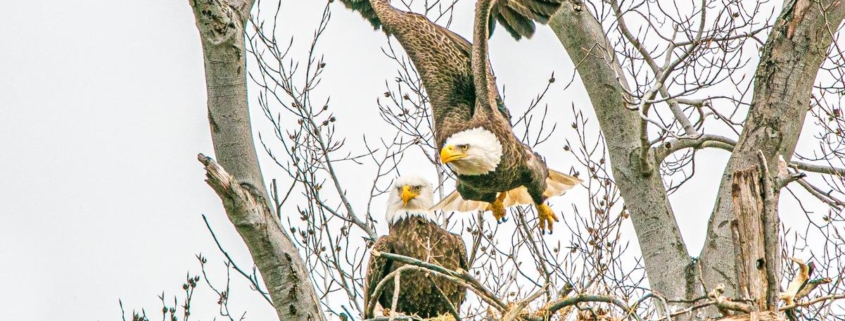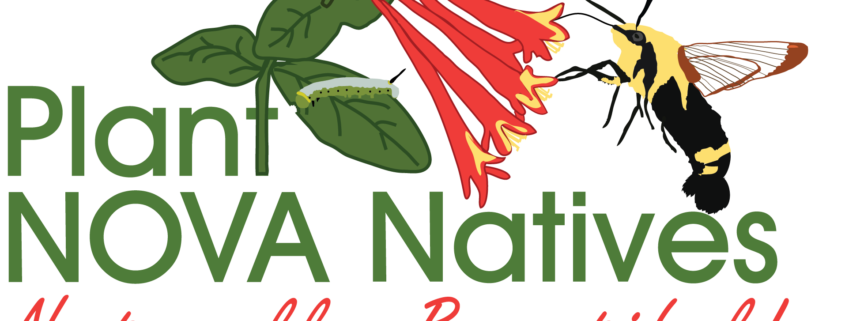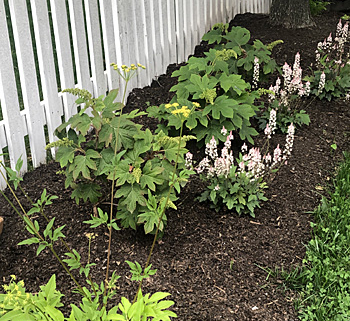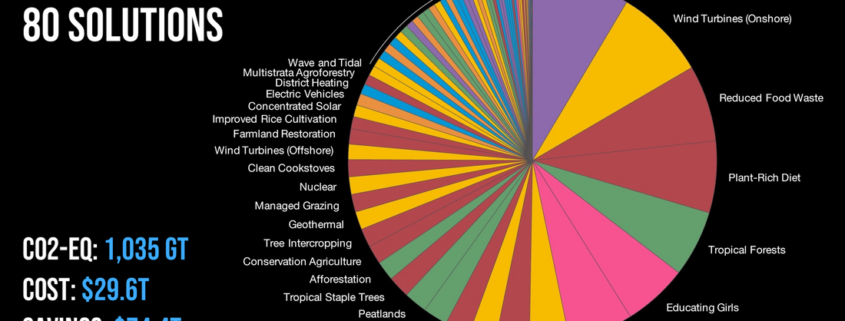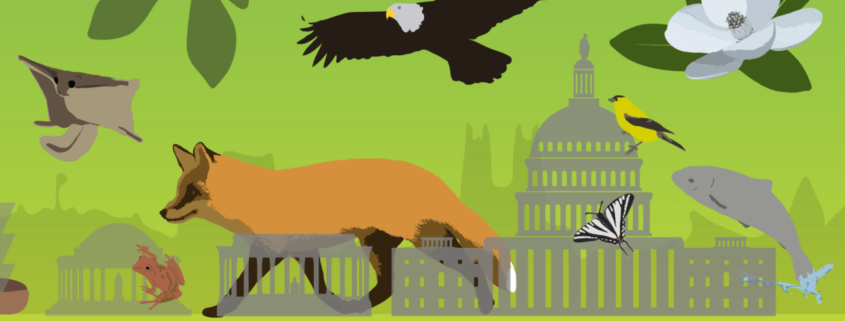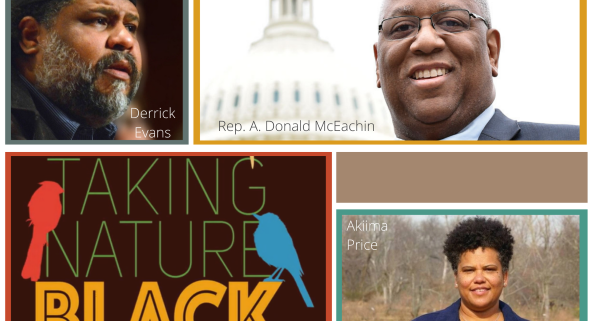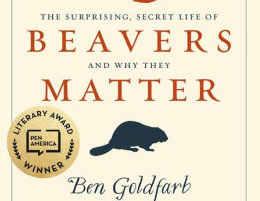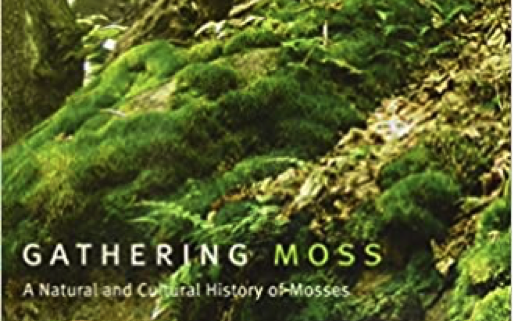Reviewed by FMN Susan Martel
Ever since my close encounter with beavers while canoeing the Bow River in Banff, Canada, I have had a soft spot for the furry critters. So, when I came across Eager: The Surprising, Secret Life of Beavers and Why They Matter, I thought I would learn a bit more about Castor canadensis. The read turned out to be a revelation!
Described as having impacts on a continental scale and history-changing in scope, beavers are championed by passionate “Beaver Believers” as the salvation to many environmental ills. Author Ben Goldfarb has written a compelling account of the beaver as one of the ultimate keystone species. He describes how the landscapes of western states, such as Oregon, California, and Nevada, once boasted a complex network of streams, ponds, and wet meadows. Formed by beaver colonies, these wetlands supported a diverse array of plants, insects, fish, amphibians, and mammals. Goldfarb chronicles how trapping beavers to near extinction both in the United States and abroad devastated the natural landscapes and had far reaching effects across trophic levels.
Helping beavers recolonize their former habitats just might hold the key to revitalizing devastated areas and benefit us as well. For example, the book lays out how the restored habitats could be a solution to water shortages and pollution, if we let the beavers do the work for us. Goldfarb’s description of successes stories, cautionary tales, and conflicts associated with beaver reintroduction are populated by an array of interesting characters, both human and castorid.
Even if this account doesn’t convert you into a Beaver Believer, the story will appeal to the naturalist in you. It reinforces the importance of understanding the interconnections of nature, of making thoughtful and science-based environmental management decisions, and of learning “to coexist and thrive alongside our fellow travelers on this planet.” (p. 25)
(2018, Chelsea Green Publishing, 304 pages)


